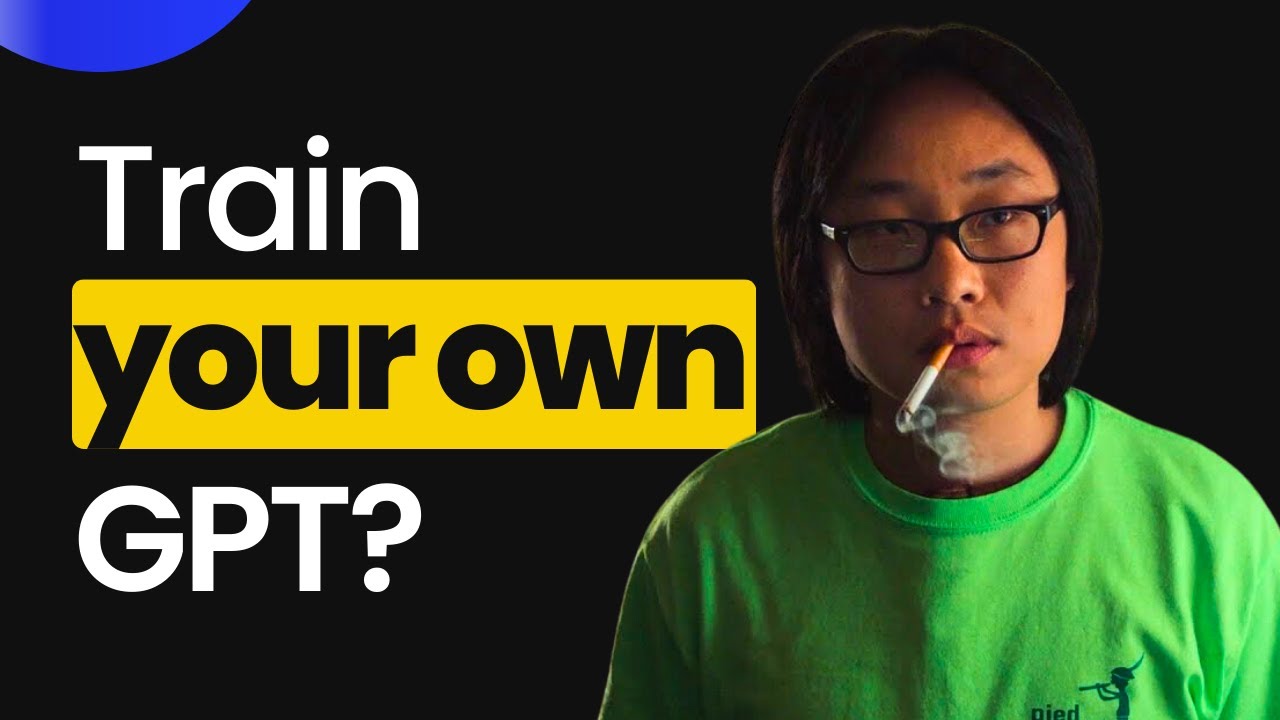Fine tuning and knowledge base are two essential methods to optimize GPT for specific use cases such as medical or legal applications. Fine tuning involves training the model with specific data to tailor its behavior, while the knowledge base method entails creating a database of knowledge for the model to refer to. Each method serves a distinct purpose, with fine tuning ensuring the model behaves according to the desired outcomes, such as mimicking a particular individual’s speech patterns. Conversely, the knowledge base method is ideal for scenarios where accurate data is required, like legal cases or financial market statistics.
Fine tuning is not always the appropriate choice, especially when dealing with unique domain knowledge that necessitates precise data output. In such cases, creating an embedding or vector database through the knowledge base method is more suitable. By leveraging fine tuning, you can teach the model desired behaviors more cost-effectively than by constantly adding prompts. Although there are numerous legitimate use cases for fine tuning the model, using a step-by-step approach to fine tune GPT for military power showcases a specific scenario where the base model may not suffice.
To successfully fine tune models like Falcon, it is crucial to prepare high-quality data sets. These data sets can be sourced from public platforms like Kaggle or through personal data sets for proprietary information. Fine tuning with GPT also allows for the creation of vast training data efficiently by utilizing prompts to generate user inputs automatically, simplifying the process. Platforms like Runway AI enable bulk running of GPT prompts to generate training data swiftly.
In a step-by-step guide to fine tuning the Falcon model, utilizing Google Colab and the Hugging Face platform for model upload and sharing is crucial. By incorporating low ranks adapters, the fine-tuning process becomes more efficient and effective. Through meticulous data preparation, training, and model saving, optimizing GPT for specific use cases becomes achievable, leading to improved results compared to the base model.
Exploring the realm of fine tuning GPT models unveils a world of possibilities, from customer support to medical diagnoses, offering a glimpse into the endless potential of AI optimization for tailored use cases.












